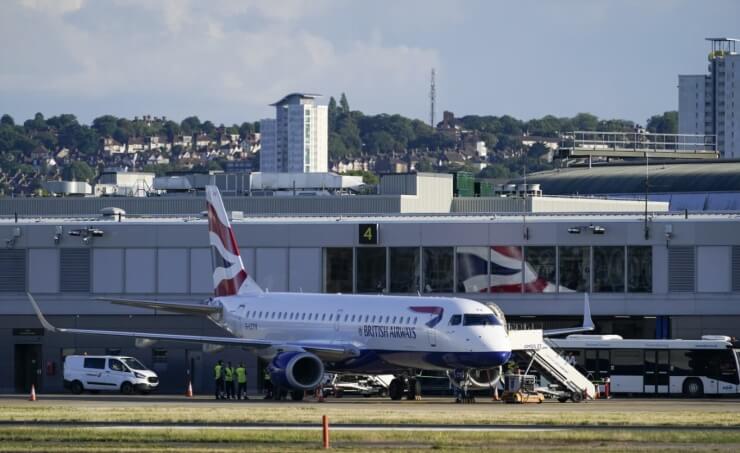In a recent development, the British government has categorically stated that the extensive air traffic disruptions that led to numerous flight delays and cancellations were not the result of a cyberattack.
Mark Harper, the Transport Secretary, has confirmed that the root cause of the issue lay in a “technical fault” at the National Air Traffic Services (NATS), the flight control operator. According to the company, the glitch impaired their ability to automatically process flight plans. As a consequence, flight plans had to be manually inputted for several hours—a considerably slower process that consequently led to a reduction in the number of departing and landing flights.
Described by Harper as one of the most significant incidents of this nature in nearly a decade, the situation has had substantial ramifications. Harper further communicated to the BBC that “getting people back to where they should be” will necessitate several days.
Notably, the problem unfolded on a bustling late-summer holiday Monday, a day that typically witnesses a heightened volume of air travel. The analytics firm Cirium specializing in aviation noted a staggering 790 departures and 785 arrivals canceled across all UK airports on that particular Monday.
Heathrow, Europe’s busiest airport hub, experienced a multitude of cancellations and warned of impending “knock-on impacts.” The aftermath of this disruption continued to manifest on Tuesday, with at least 32 departures and 31 arrivals at Heathrow succumbing to cancellations.
British Airways, recognized for its extensive connectivity with Heathrow, encountered the most severe operational challenges among the airlines.
Gatwick, London’s second-largest airport, also grappled with the consequences of the disruption on the following Tuesday.
Passengers stranded across various UK airports voiced their exasperation at the unsettling turn of events.















